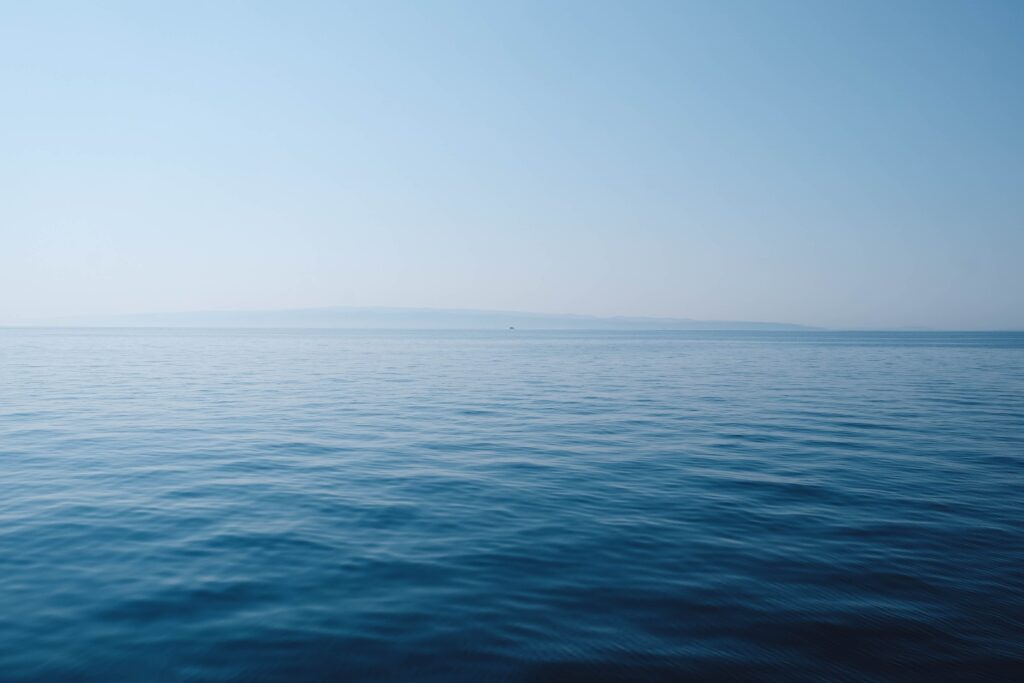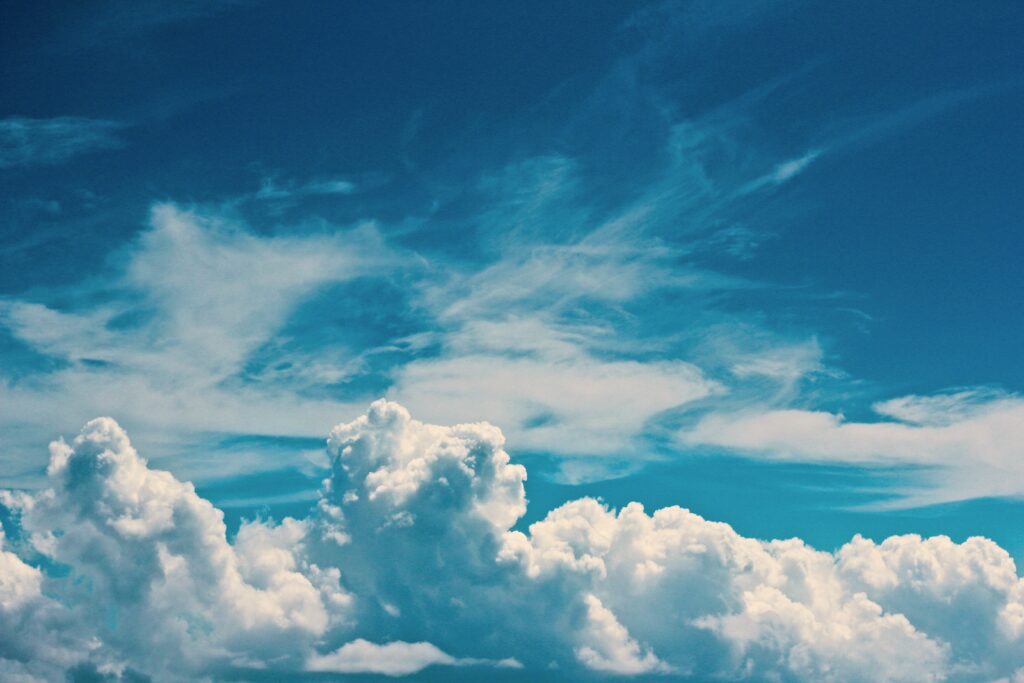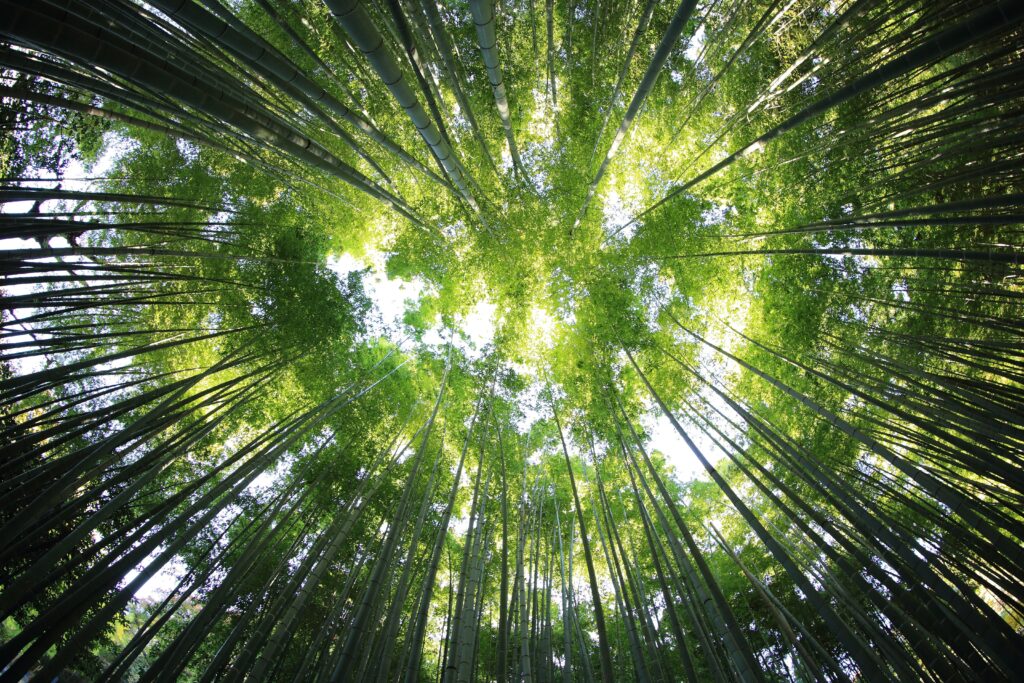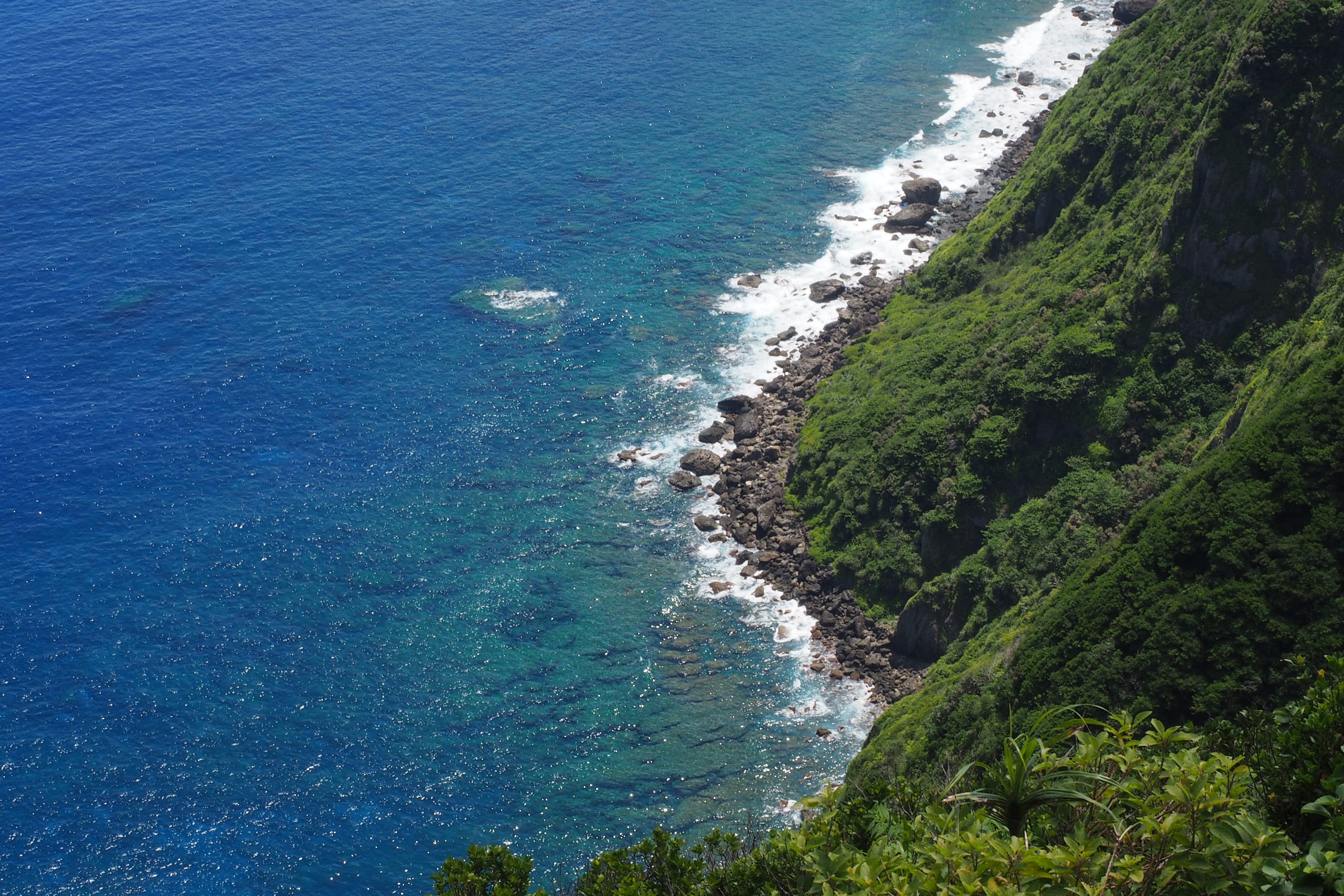This article originally appeared in the March 2023 issue of CONNECT.
The third and final installment of a series going through the unique islands of the Seto Inland Sea
Victoria Clayton (Miyazaki)
After spending a few days exploring the artworks around the main hub of Takamatsu Port, I decided to slowly start my multiple-day drive back to Kyushu. The Setouchi Triennale is hosted over multiple islands, so I planned to visit a few more islands along the way home. Some of the islands of the art festival are only open every three years. Four of those islands are then open for only one season of that year. Naturally, I wanted to visit some of these ‘rarer’ islands. First on my list was an island called Takamijima, however for the previous few days of my trip, my Setouchi Triennale App had been notifying me that, for some undisclosed reason, the ferry was not running and all artworks were closed on that island.
Luckily the magic of the Triennale, that had yet to fail me, continued to cast its spell and on the day I had hoped to go to Takamijima (and after refreshing my app and the website incessantly for 10 minutes before leaving) it appeared the ferry was indeed running. So, I set off. However, my luck was short-lived. I arrived at the port for Takamijima with mere minutes to spare before the first ferry left—only to realise that I was at the wrong port! With the other port over 40 minutes away I accepted my fate and boarded the ferry—it wasn’t as if I was going to end up at a Leper colony again. . . .

Awashima
I arrived at an island called Awashima. The first ferry of the day arrived around thirty minutes before any of the venues opened so I, like many other tourists (who I assume also took the wrong ferry), started walking to the furthest artwork on the island—a mere 15-minute walk on a beautifully warm autumn day. On the way to the first artwork, I started chatting to another tourist, a nurse from Osaka. We walked to Katsuhiko Hibino’s artwork Re-ing-A, discussing the other islands we had visited on our journey and what we hoped to visit in the future. Re-ing-A looked like a caged elephant, but as it was floating far offshore in the sea, I was unable to view the work up close. So, we looked from a distance at the unreachable and wondered, quite literally, what was out there.
After briefly contemplating the artwork lost to sea while waiting for the galleries to open, we parted ways to continue our separate journeys exploring the Triennale. The next artwork I visited on the island was The Song of the Children All Gone by Mounir Fatmi. This artwork, like many artworks in rural Japan, was set in an abandoned school building. One classroom, set up for class, had clocks placed on each desk and one on the centre of the blackboard, all the clocks were set to the same time as the clock on the front of the school’s building emphasising that this school was forever suspended in this moment of time. As I continued to walk through the school building, I imagined a different moment in time, a time where hustle and bustle filled these classrooms and corridors. I wondered about the past students and teachers, and if they even knew that their beloved school that was once filled with friendships, laughter, and memories now only exists in their memories.
With all that wondering about time, I almost forgot to start walking towards the port before the ferry departed. On my way to the port, I stopped at Contours of Thinking by Esther Stocker, an artwork set in the island’s old kindergarten. Unlike Fatmi’s work, which forced me to think and contemplate the moment, Stocker’s work reminded me to just live and be in the moment. The installation piece filled the room with large 3D lines, punctuating the space to encourage a playful response, to move around the room as if it were a playground, coaxing me to follow the lines like a hopscotch, or jump over the lines like hurdles.

Takamijima
Although there was a direct ferry from Awashima to Takamijima, I was bound by my car, so I headed back to the mainland before driving to the ferry port I tried to find earlier in the morning. I can’t quite pinpoint the exact reason for my deep desire to visit this island, perhaps it was the warning of steep hills, and no stores or vending machines that sparked a sense of adventure within me. As if, rather than an average art tourist seeking to explore Japan’s famous art island for the perfect pumpkin snap, I was a true art devotee seeking the ultimate artwork in far flung and remote places, willing to suffer a multi-day trek in order to be deeply moved by as much as art possible—or something like that. Regardless of my intentions, I boarded the ferry with great excitement and stood on the top deck watching in awe as we approached the island with its steep shoreline. We disembarked and I took a map, the artworks looked quite close together—however it did not accurately (if at all) show the steepness of the streets. I started walking and continued to pass abandoned house after abandoned house, with crumbling walls that would reveal old dinner plates still perfectly stacked from the now gone owners, and for a moment I was reminded of the school building on the previous island.
As I continued walking up the steep hills, I grew increasingly tired and frustrated. I even contemplated giving up, questioning whether I really needed to suffer in the name of art. Then, the nurse who I had met earlier in the day, came walking down. Seeing my face, she gave me words of encouragement to continue walking up, telling me it was far, but worth it. With tired legs, I stepped into Kayako Nakashima’s Transition House, an old, abandoned house with small holes covering the walls. I was hoping for some respite from the seemingly endless trail of steep hills and abandoned houses, but the room was dark with stale air. However, as I took a moment to pause, I noticed small beams of light penetrating the walls that created a delicate beauty. The soft glow highlighted the dark corners of the old house bringing in momentary light, just like how the art festival momentarily brings life to these islands, before they too return to a quietness. I left the work feeling a sense of melancholic awe, the existential dread creeping over me as I turned to face the never-ending hill leading me up to the next artwork. Like Nakashima’s work, the artworks on the island continued to play with contrast of light and dark, creating works that evoked a fragile contrast between darkness and light.

Ibukijima
On the morning of my final day, I decided that, despite my growing exhaustion, I would make one last short detour to the furthest Island in the festival, the tiny island known as Ibukijima. There was only one artwork that I was looking forward to seeing, Takashi Kuribayashi’s Tree of Ibuki, made of Japanese cypress and mirrors and shaped into a large tree trunk. The artwork is located on the site of the island’s debeya. The debeya was a facility for heavily pregnant women of the island to live in shortly before and after giving birth where they were taken care of by the other women of the island. Kuribayashi’s Tree of Life seeks to honour this sacred space by highlighting the space between the earth and the trunk, as a way of symbolising the space between our mother’s womb and the world. The beautiful craftsmanship of the tree trunk created with mismatched wooden planks and reflective glass inside the trunk bring my attention to both the physicality of the work and the landscape that surrounds it.
After photographing the tree from as many angles as possible, I continued my interest in the physical world by following the island’s path to each artwork. The path took me on a long and at times narrow journey through the island’s small forest and I ended up at Manal Al Dowayan’s work Songs of the Shore. The work consists of an installation of burnt baskets weaved of palm leaves and video with a soundtrack of Arabic singing. The work reflects on the tradition, rituals and relationships between women and the sea. Seeking to create an exchange based on the shared experience of fishing communities, Al Dowayan sent 200 baskets made in Saudi Arabia. The Japanese community then took part in burning and putting out the fires. The baskets were sent as a kind letter of love, solidarity and well wishes to the community on Ibukijima.

After viewing the artwork, I continued to follow the loop back to the port. The final stretch passed alongside the large fish processing plant. Although only one square kilometre in size, the island is Japan’s largest producer of sardines, which you can try in the local island’s bento, made by a group of grandmothers of the island. The bento uses fresh fish caught on the island and flavours and recipes that had been passed down through the mothers of the island. Of course, I bought one for the ferry home and savoured the taste, hoping my appetite for art would be satisfied for another three years.
Victoria spends her time writing, surfing, and exploring all the wonder the world has to offer.
Featured image photo credit: Shino on Unsplash



![CONNECT ART ISSUE 2024 SUBMISSIONS [CLOSED]](https://connect.ajet.net/wp-content/uploads/2024/04/ARTISSUE-INSTA-600x500.png)





